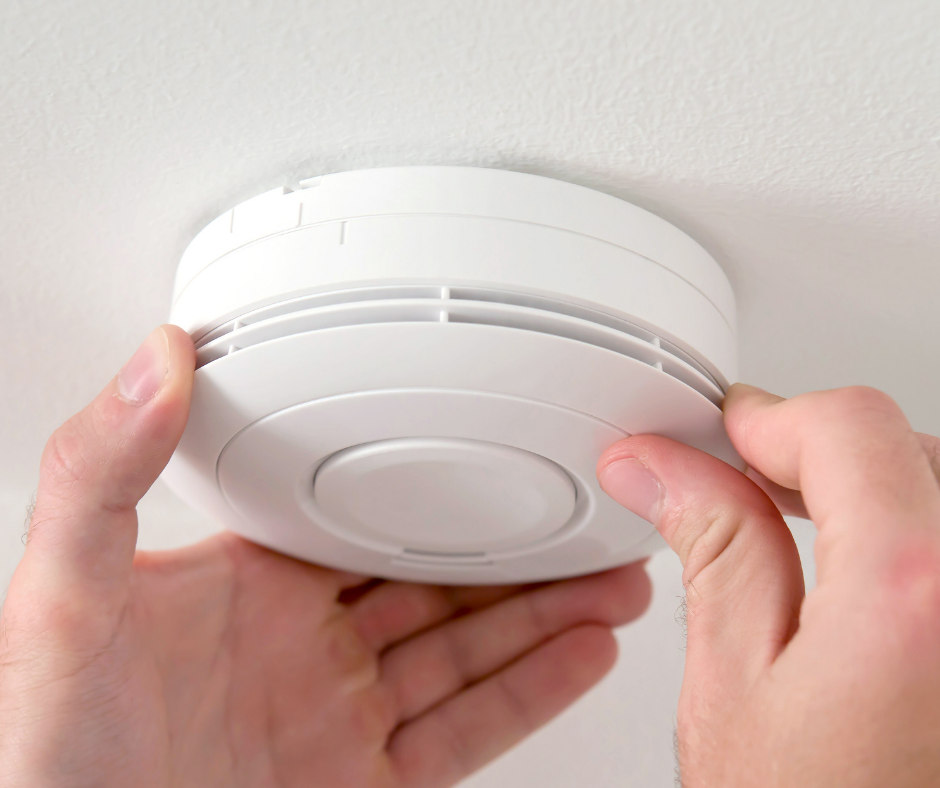
Complying With Scotland’s New Alarm Laws
Every home in Scotland will be required to install more robust protection against fires starting 1st February 2022. The new laws require homes to have interlinked heat and fire alarms. Officials hope the regulations will protect people from residential fires and help avoid future accidents and tragedies like the 2017 Grenfell Tower fire.
Interlinked alarms provide greater protection for residents because if one alarm is activated, the entire system goes off. Residents are more likely to hear an alarm and realise they are in danger—regardless of their location within the home.
Requirements
Starting in February, all homes in Scotland are required to have the following:
• One smoke alarm in the living room or the most-used room in the residence
• One smoke alarm in every hallway or landing area
• One heat alarm in the kitchen
All smoke and heat alarms must be interlinked and mounted on the ceiling. Alarms must be either mains-wired or powered by tamper-proof, sealed batteries. Alarms powered by replaceable batteries will no longer meet legal requirements.
In addition to new alarms meeting the aforementioned specifications, homes with a carbon-fuelled appliance—such as a boiler, heater or flue—must install carbon monoxide detectors in the same room. However, carbon monoxide detectors do not have to be interlinked with fire and heat alarms. Battery-powered carbon monoxide alarms must also use sealed batteries.
Responsibilities
The responsibility for installing proper alarms and maintaining compliance will fall on property owners. Landlords must ensure that their rental properties adhere to the new regulations.
Renters who believe that their landlord may not be in compliance with the new laws should apply to the first-tier tribunal, which is responsible for managing issues between landlords and tenants.
Government officials have made financial assistance available to homeowners in certain situations. The Scottish Fire and Rescue Service (SFRS) has been provided £1 million to install proper alarms in the homes of people assessed to be at high risk of fire. In addition, older and disabled homeowners with low income may receive assistance from their local care and repair service.
In Conclusion
Government officials estimate that, for an average three-bedroom house, the cost of complying with the new regulations will be approximately £220. This is based on homes needing one carbon monoxide detector and using alarms that can be installed without an electrician. It’s possible that alarms connected to the mains may be cheaper, but the services of a qualified professional could result in additional costs.
‘Having the earliest possible warning of a fire in the home can, and has, saved lives and property. Having interlinked alarms installed will allow everyone anywhere in the house to take action as quickly as possible’, SFRS Head of Prevention and Protection Alasdair Perry said.
For more information on fire prevention and other home safety tips, contact us today.
